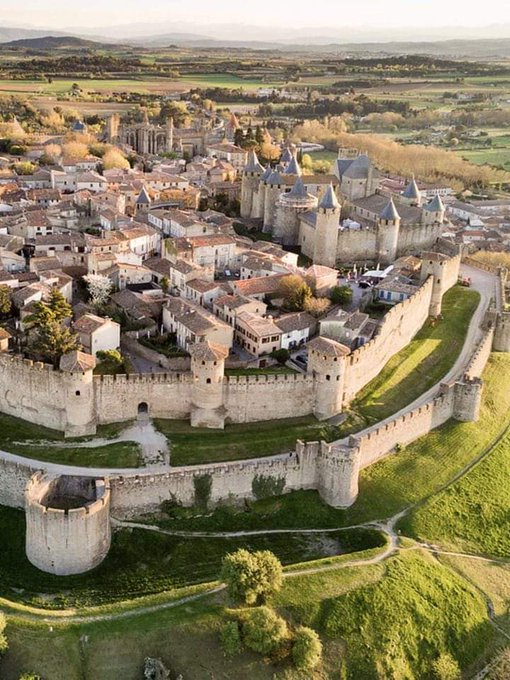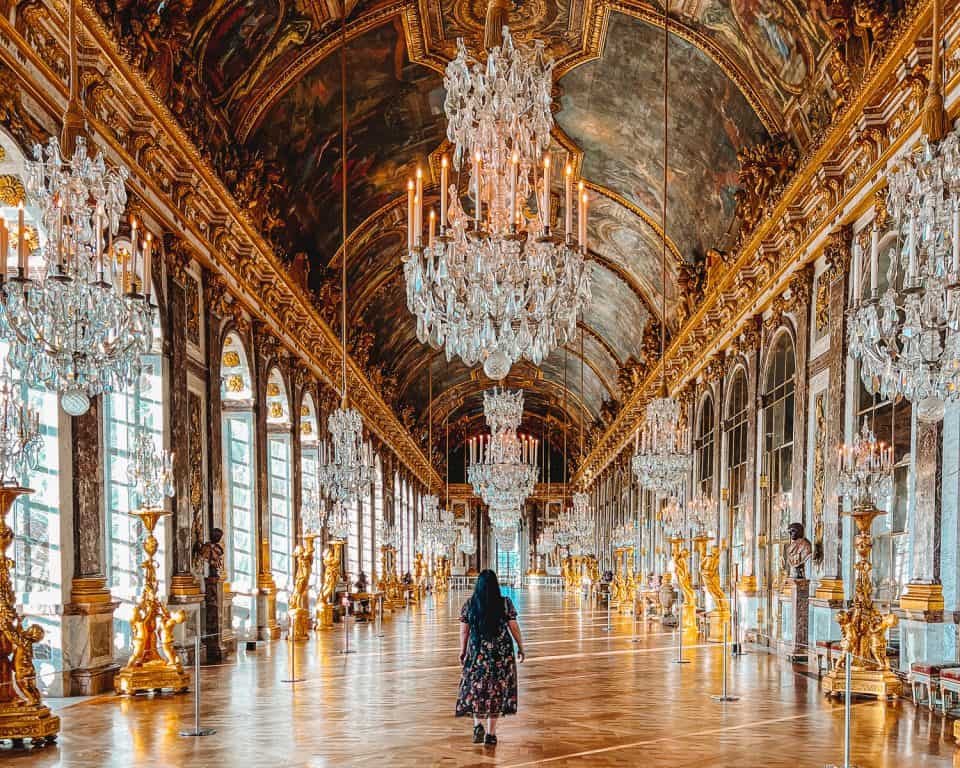The great ancient civilizations of Sudan relied on agriculture to prosper and to erect majestic tombs and temples in honor of their gods, kings, queens and nobility. From this building fever came some 255 pyramids, more than twice as many as those erected in neighboring Egypt.
Nubia once stretched from Aswan in Egypt to the present Sudanese city of Khartoum in the south. It was the cradle of one of Africa's earliest civilizations, the Kingdom of Kush, whose kings, known as the "Black Pharaohs," conquered Egypt in 747 B.C. and ruled this vast territory for nearly a century.
The banks of the world's longest river, the Nile, were the scene of these struggles for influence. Rising in Lake Victoria to the south and flowing into the Mediterranean Sea to the north, the famous river was considered the source of life itself because of its annual flooding, which fertilized the land for cultivation.
It is a nine-hour drive from the Sudanese capital, Khartoum, to Soleb and its temple. This is the best preserved temple in the country and the southernmost building erected by Amenhotep III, the Egyptian pharaoh who also built the temples of Luxor. It was once guarded by the Lions of Prudhoe, delicately carved red granite felines, now on display at the British Museum in London, which bear inscriptions of Tutankhamen, made during a visit by the child-king.
A few kilometers south of Soleb, is Kerma. Founded about 5,500 years ago, the ancient capital of the Kingdom of Kush developed around a huge adobe temple called the "Defuffa of the West". At its peak, the city had a population of 10,000. Today, only nesting swallows still live among its mud brick ruins. One of the oldest necropolises in Africa is just a short distance away.







